Becoming a blogging superstar isn’t an easy road: it requires a great idea and a lot of hard work. So many guides seem to be promising the perfect, simple formula for blogging success. In reality, getting the most of your efforts requires a bit more than a universal formula.
To become a blogging champion, you’ll need to follow a couple of basic rules and you’ll also have to work on building a relationship with the audience and standing out from the crowd. We’ve compiled the following set of guidelines to simplify the task and help you focus those efforts in the most productive way.
- Topic Selection. The first and the most obvious rule for blogging success is topic selection. Your topic will determine the response of your audience, your ability to reach the right people and the options for monetizing your blog.
- See what the competition is doing. Don’t replicate their ideas – use this opportunity as a source of inspiration. Take a look at the number of comments that each blog post gets. This number can give you an accurate idea about how interested the audience is in the particular topic.
- The more specific you are, the better. Generic topics do very little to impress the audience and to improve your SEO efforts. Focus on niche, industry-relevant themes that you’re knowledgeable in.
- Think about the blog visitors and what they’d like to read about. The fact that you’re an expert in a particular topic doesn’t necessarily mean that the audience is going to have a strong interest in the theme.
- Keep SEO in mind: creativity is great but you also need to think about the practical aspects of popularizing your blog. A bit of keyword research will shed some light on topics that people are searching about.
- Content Length. There has been an ongoing debate about the best length for blog posts. Some claim that you should write while you have something to say and stop when you’re done. Other experts believe that sticking to a particular blog post length is a much better option to increase the popularity of the blog.
Statistics show that the best-ranking blog posts are actually on the longer side. They present a main topic, give the audience some useful information and support all of the claims with evidence. All of these goals cannot be accomplished in 300 words.
According to a Marketing Land report, the most engaging blog posts vary in length between 1,400 and 1,750 words. When it comes to getting backlinks, longer blog posts seem to be more successful than shorter pieces, as well.
Naturally, the length will vary with each topic. Still, try to exceed 500 words each time that you write new content for the blog. Short blurbs and updates are fine for your social media presence but when it comes to establishing your reputation of a blogger, longer is always better.
- Think about Formatting and Image Selection. Even if you write the perfect blog posts, you’ll find it impossible to keep the audience engaged by choosing the wrong content formatting. Large chunks of text, complex sentences, the selection of the wrong fonts and even font color could have a negative impact on blog popularity.
Proper blog post formatting involves the following:
- Choose a simple, sans-serif font that makes it easier to read the content on a screen. You can use a different font for the headlines and sub-headers. The visual contrast will draw the attention of the audience towards the most important parts of the text.
- Always use sub-headings and bulleted lists. They break up large chunks of text and make the text easier to scan.
- Pull quotes can also be used to break the text into smaller pieces and to draw attention towards an important point you’re trying to make.
- Keep both your paragraphs and your sentences short. A single thought per paragraph is the general rule of thumb.
- Don’t choose funky colors like electric green or fuchsia. Dark text on a light-colored background is always best for readability.
Formatting should also depend on the type of blog post you’re writing. A how-to blog post can easily be broken down into steps that readers need to follow to accomplish a particular goal. FAQ posts make the task of formatting quite easy, as well. A feature story, on the other hand, is usually longer and it consists of more text. In such instances, you can rely on pull quotes, graphics and sub-headers to make the content easier to scan.
When it comes to graphics and images, your multi-media selection can work alongside proper formatting or it can ruin your efforts. Pick high-quality images that provide the audience with additional information. The use of image captions is also something you have to get in the habit of.
Making your own visuals for the blog posts will increase the uniqueness of the pieces and maximize their chances of going viral. There are numerous free online tools you can use for diagram and infographic creation. Spending a bit of time on such visuals will certainly pay off in terms of post popularity.
- Powerful Headlines. Writing the perfect headline is even more difficult than choosing a topic for your next blog post but it’s essential for the success of your blog.
ou may think that catchy headlines are easy to come up with but once you sit down and begin brainstorming, you’ll find out that something simple, descriptive and entertaining is incredibly difficult to produce. Don’t forget that optimization has to be considered, as well, which makes the task even trickier.
Anywhere between eight and 10 people go through the headline but of these individuals, only two will continue reading the text. This is why quality headlines happen to be so important for blogging success.
A good headline tells the audience what the post is all about. It happens to be entertaining or witty at the same time. A bit of word play, an insider’s joke or any other form of personalization will get those readers interested.
Keep the headlines short and avoid negative words like no, not, don’t or can’t. Interesting adjectives are a great addition to every headline. Fun, strange, effortless and essential are some examples of good adjectives to include in your titles.
It’s good to make a bold promise in the title. Don’t go for misleading statements, however. If you promise the audience something spectacular and you fail to deliver in the content, you’ll probably lose some of your readers.
- Interacting with the Audience. The best bloggers know how to get the audience emotionally invested. Are people writing comments and sharing their opinions with you? If so, you’re doing a good job selecting topics, writing quality posts and boosting engagement.
Though blog comments can sometimes be a pain to deal with, they provide a lot of useful information. The audience could share more information on the topic, provide a unique angle or give you ideas for follow-up posts.
Moderate comments on a daily basis and respond to questions. Delete the spam and openly hateful comments. Your blog should create a friendly and safe environment that people can use to exchange ideas. It’s up to you to deal with comments that contain inappropriate statements. You shouldn’t tolerate hate based on race, ethnicity, gender, social status, religious beliefs, etc. Deleting such comments is the best thing to do.
If you, however, get constructive criticism from the audience, you’ll need to address such remarks in the best possible way. Take some time to craft a response and to answer the questions or the challenges presented by the particular blog visitor.
- The Importance of Error-Free Content. Grammar and spelling are important, especially if you want to establish your blogging reputation. Always go through the text one final time before uploading online.
Typos and spelling mistakes are indicative of laziness. You didn’t take the time to proofread your content, which is why your reputation is going to suffer. Error-free blog writing is essential both for corporate entities and for the individuals that want to make a living blogging.
The best thing to do is to write your text and leave it for at least a couple of hours before editing. Ideally, you should start editing the next day. This approach will give you enough time to distance yourself from the text and notice even the tiniest of spelling and grammar mistakes.
Having a good spell checker is another essential for the success of your blogs. Remember not to become excessively reliant on software, however. A spell checker could leave some mistakes, which is why you need to go through the text one final time before it goes live.
- Unique Perspective. Original blog posts are difficult to come up with because nearly everything has already been written about. Personalizing the content and sharing something unique from your own perspective, however, is something that you can rely on to give the audience something 100 percent original.
Developing a unique writing voice and style is another great option for setting yourself apart. Do you have a great sense of humor? Use it! People love to be entertained while reading. Are you exceptionally knowledgeable in a particular topic? Make your posts conversational, yet full of information.
It’s important to write naturally rather than attempt to replicate a blogger or an author that you like. This approach will make your posts read forced and artificial. Finding your unique writing voice happens naturally. As you become more experienced, you’ll get to refine the style and make it even more memorable.
- Create Series of Blog Posts. Go through your analytics information to figure out which blog posts happen to be attracting the biggest numbers of views. You can use this information to produce series of blog posts on the same topic.
A series is a great marketing tool. You can include links to the other posts on the same topic and you can also use these in your social media campaigns. Developing the topic will result in content consistency and make your blog even more focused.
Studies suggest that blog series rank among the types of content that can be used to increase traffic. Let the audience of the first piece know that a next one will be coming up shortly. The approach helps you build anticipation and it will make people come back to your blog.
- Update Your Blog Regularly. The final rule of successful blogging focuses on the frequency of updates. How often should you add new content for your blog? Should you be uploading posts, even if you don’t have a brilliant idea?
The frequency of updates and the quality of the posts are two equally important factors.
Some bloggers find it easy to update their blog by coming up with a routine and writing new content two or three times per week. Some are even comfortable with writing new content on a daily basis.
Posting once or twice per week makes a lot of sense — it gives the audience something new on a regular basis and aids in search engine optimization. Making your posts longer than 1,000 words can make it easier for you to update less frequently and still maintain the quality of the blog.
Do your best to write something fresh at least once per week. Updating less frequently will affect your traffic maximization efforts. In addition, you may lose members of the loyal audience that are looking for new content from you.
Finally, remember to be passionate about blogging. Enjoying the process and choosing topics that you love to write about will affect the quality of your blog posts. Don’t force it, build relationships with the audience and come up with a routine that works for you. Once you get in the habit, you’ll find it much easier to blog regularly and to make each of your posts a huge success.
15% Off All Business Cards
VIEW ALL CARDS
$60.05
$60.05
$60.05
$62.55
$60.05
$60.05
$60.05
$60.05
$52.55
$52.55
$60.05
$60.05
![Image courtesy of [Stuart Miles] / FreeDigitalPhotos.net](https://www.sitepronews.com/wp-content/uploads/2013/06/Blog.jpg)



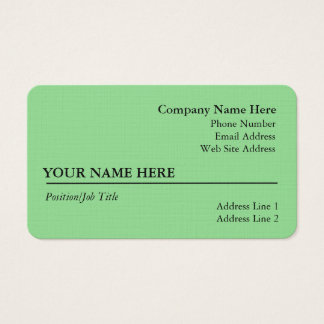
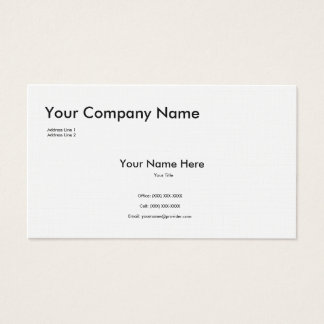
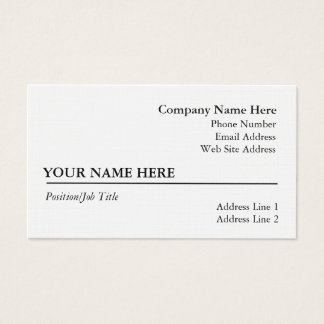

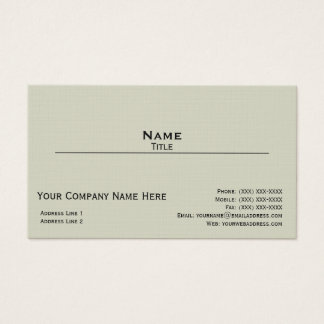
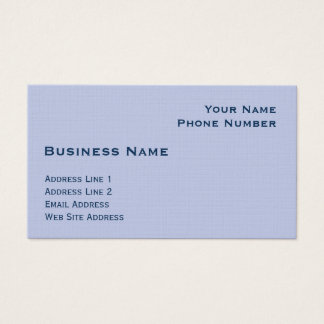

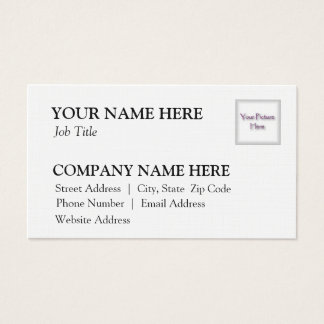
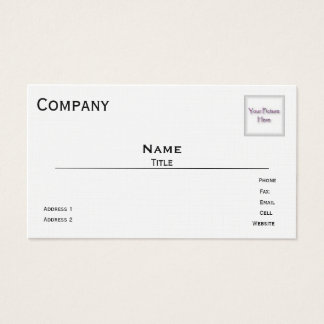
No comments:
Post a Comment